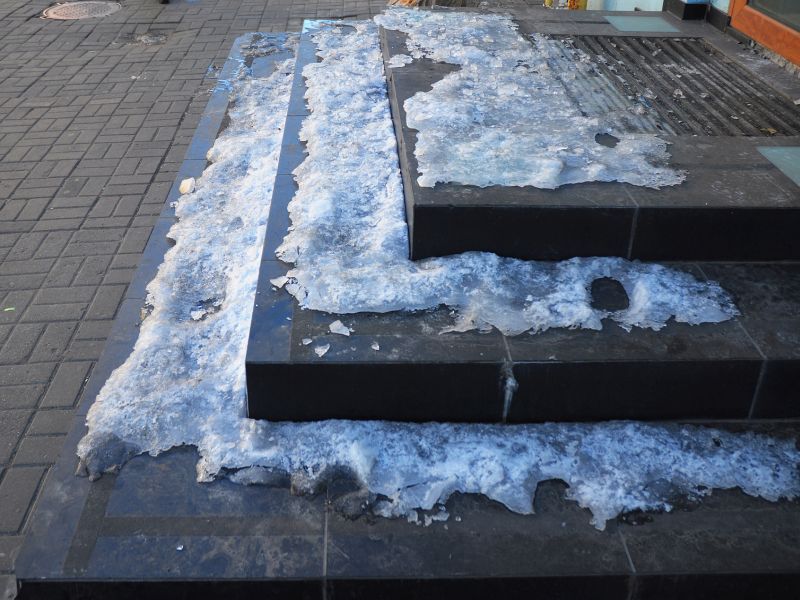FRIDAY, Feb. 19, 2021 (HealthDay News) — Severe winter weather has a grip on much of the United States, which increases the risk of injuries from slipping on ice, shoveling, sports such as skiing and sledding, and car crashes.
“One of the most frequently seen causes for visits to the emergency room this time of year is from slipping on icy sidewalks,” said Dr. David Hasleton, senior medical director of emergency medicine and trauma operations at Utah-based Intermountain Healthcare.
“These slip-and-fall injuries can range from a small bruise or cut to a traumatic brain injury, so it is important that people take steps to reduce their danger,” Hasleton said in an Intermountain news release.
There are a several ways to reduce your risk of winter-related injuries.
Keep sidewalks, driveways and walkways free of snow and ice. Be sure to use sand or ice melt. While anyone can slip or fall on icy and snowy walkways, seniors are especially vulnerable. Injuries can include concussions, severe bruising, muscle sprains, broken bones and back injuries.
On average, 11,500 people are treated each year in U.S. emergency departments for snow shoveling-related injuries. The lifting, digging and repetitive motions of shoveling can put significant strain and stress on the body. Before shoveling, make sure you stretch. If shoveling is too strenuous, it might be a good idea to hire someone to clear your snow.
Wear shoes or boots with good traction. Proper footwear is crucial when shoveling or walking outdoors. When walking: Take your time, take shorter steps, pay attention (don’t text or rummage through your purse), and keep your hands out of your pockets.
Each winter, an average 116,800 Americans are injured and 1,300 killed in weather-related motor vehicle crashes. When driving, allow extra time for bad weather and/or traffic delays. Rushing to your destination can put you in danger.
Maintain ample distance between you and the car ahead of you. Braking distances can be up to nine times longer on snowy and icy surfaces. If your car has four-wheel drive, use it. Have brakes inspected to make sure they are in good working order. Always wear your seat belt.
When skiing, snowboarding, sledding or doing other outdoor activities, always wear appropriate safety gear such as a helmet, goggles, gloves and snow pants.
So far this season, doctors at Intermountain Primary Children’s Hospital in Salt Lake City have seen twice as many serious sledding injuries as last winter. Wearing a helmet could prevent some of those injuries, according to Jessica Strong, community health manager at the hospital.
“Head, neck and abdominal injuries are common for kids taking part in winter activities,” she said in the release. “If it’s sledding or skiing or snowboarding, wearing a helmet is a vital part of keeping kids safe, and can help avoid serious injuries.”
More information
The National Safety Council has more on winter safety.
SOURCE: Intermountain Healthcare, news release, Feb. 18, 2021
Copyright © 2025 HealthDay. All rights reserved.

